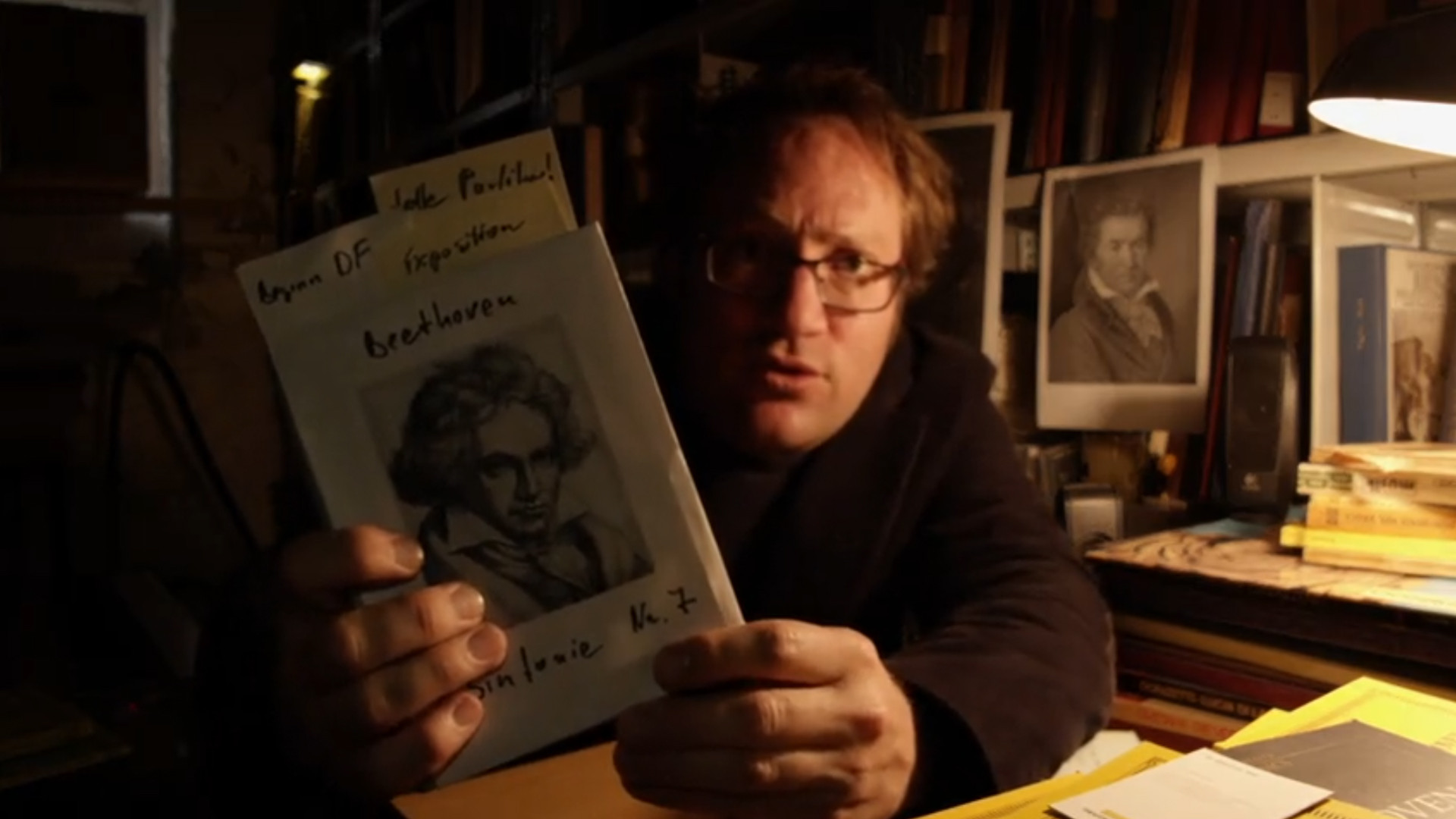
The Allegretto of Beethoven’s Symphony No.

Why, after so much time, and after encountering so much composed and improvised music in the pop, classical, and folk realms, including the introduction in ensuing years of genres unknown in Beethoven’s time, is this music still so powerful, so compelling? I’ve heard it hundreds of times over decades and it always feels fresh and enchanting.”įor two centuries, that question has plagued musicologists, psychologists, mathematicians, philosophers, composers, music nerds, and, well, blogging computer-science professors. “The melody is catchy the harmony is simple the boum-boum, boum-boum-boum rhythm is neat, processional, and so pre-20th century. Schubert said so Wagner agreed,” Chazelle opined in his 2008 essay “Greatest. On his blog “A Tiny Revolution,” cultural critic Bernard Chazelle, the Eugene Higgins professor of computer science at Princeton University, echoes a popular sentiment: “The Allegretto is the greatest piece of music in the Western canon. Siegel’s own homage to this propulsive piece was spurred by the release that year of the pianist Jacques Loussier’s jazz-trio interpretation of the Allegretto as well as pianist Hélène Grimaud’s performance of John Corigliano’s 1985 “Fantasia on an Ostinato,” which is based on the Allegretto (Grimaud has said she is “haunted” by the piece). The Allegretto continues to work its way into popular culture. Among the evidence for that claim is a passage in the fifth variation of Schubert’s Variations in A-flat major for Four Hands, written 11 years after the premiere of Beethoven’s Seventh Symphony, in which Schubert-who, as a teen, actually witnessed its premiere 200 years ago-quotes the Allegretto. “For eight minutes, life and art were in perfect synch, mutual imitation, mutual validation.”Īs evidenced by Barenboim’s choice of music to commemorate a moment when people hungering for freedom triumphed over the oppressive Soviet regime, Siegel is hardly alone in his admiration for this remarkably stirring music.Īs Siegel pointed out to listeners in that broadcast, Franz Schubert also was haunted by that movement, in fact, throughout his entire career. They were walking freely in family groups unafraid through the suddenly accessible western part of the city. Outside my window, the Berlin sidewalks were packed with East Berliners.

When I awoke in a hotel on the Kurfurstendamm, I turned on the television set and saw the Berlin Philharmonic and Daniel Barenboim playing precisely this movement of the Seventh. I had been flown to Germany to cover the story. “On one occasion, this music was the perfect soundtrack to life at its most exceptional,” he continues. He pauses as the music swells in the background, as interpreted by the Vienna Philharmonic.


At eight minutes, its duration coincided with the repeat segment of the morning news that I had no desire to hear again, so I would drive across the Potomac, inching through rush-hour traffic amused by the contrast of the high, heroic early-19th-century drama of Beethoven and the low banality of my late-20th-century commute.” “One year, I kept this piece cued up in my car cassette machine. In the background, you could hear the seductive pulse of the Allegretto. I’m no music critic, not even a musician, but this music means something special to me, with its theme of struggle and progress, of adversity and ultimate triumph,” said radio host Robert Siegel, during a 2003 broadcast commentary on the Beethoven on NPR’s All Things Considered. It’s the second movement, the Allegretto, from Beethoven’s Seventh Symphony. 92, continues to captivate listeners. Why is the music world so hooked? Two hundred years after its debut, the transcendent Allegretto of Beethoven’s Symphony No.


 0 kommentar(er)
0 kommentar(er)
